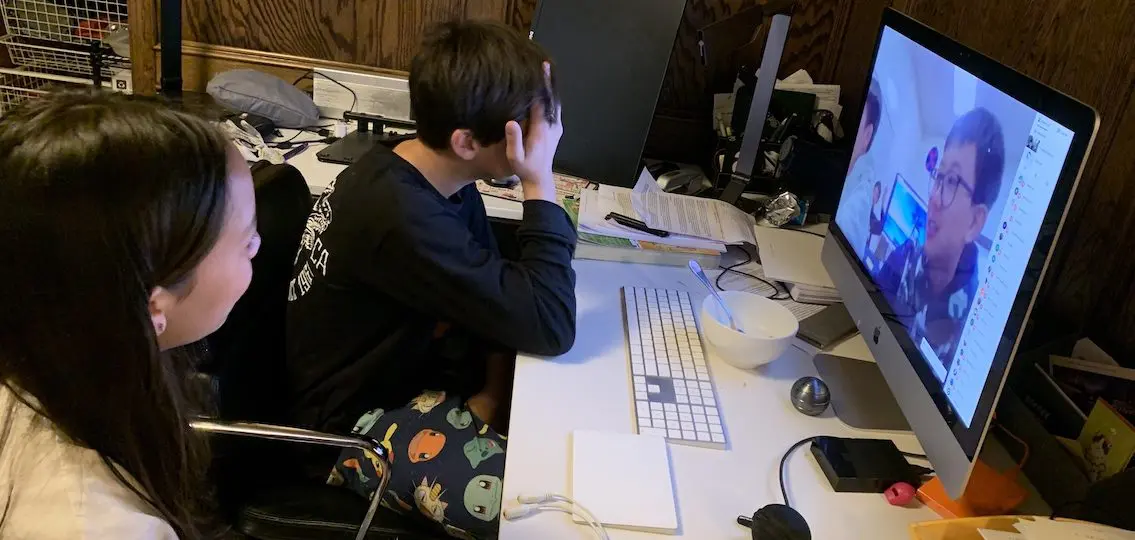Tim Gorrell is the Executive Director of Ohio’s 529 Plan College Advantage.
Q: Can you can we start with a short explanation of a 529?
Gorrell: In short, with a 529 plan, you invest after tax dollars and they grow tax free. Whenever they’re withdrawn for qualified expenses, there’s no tax implication on that. There are other ways to save, of course, but those typically have tax consequences.
Q: Is it ever too late to open an account?
[adrotate banner=”162″]Gorrell: No. One of our partners likes to say, “When is the best time to plant a tree? Well, that was 20 years ago. When’s the next best time? That’s now.” And it’s the same with college savings and investment. Obviously, the more time you have investing, the better off. Every dollar that you save is one that doesn’t have to come from somewhere else regardless of when you start.
Q: If I have a 529 right now and I have a kid about to go to college in the next year or two, how does that investment change over time?
Gorell: Obviously these are extraordinary times with the economic impact of the pandemic that’s going on. But our portfolios are based to withstand that. It’s like your retirement investments and savings. Early on, they’re very aggressive. And as you get closer to the time that you may be calling on those funds, then they become more conservative. The same applies with the 529 savings. When there are market changes, while it doesn’t guarantee that there may not be an impact or maybe the fund’s value goes down a little bit, it’s not as bad as it was is in the beginning, maybe when it was a little more aggressive. It’s not the time to pool funds out or to change the course. The market will come back; it will rebound. People still remember very clearly 2008. And it was a tremendous hit on the market. This is a time when things are low and it’s a good time to continue investing and buying.
| [adrotate banner=”158″] |
Q: What’s the typical or most common usage of a 529? Most people think it’s for a four-year college. Is that true?
Gorrell: Yes. But it’s used for so much more. You can use your 529 for any educational entity that has a federal code. That includes trade school, technical schools, two-year, four-year, in state or out of state. An ad agency found that there is a stunt school that you can use your 529 for. We like to say you can go to a stunt school and use your 529 or if you’re on the other end of the spectrum, you can use it to go to Harvard.
Here in Ohio, we would love for people to choose our plan to invest in and realize those savings goals for after high school education. They’d pick a school or an educational entity here in Ohio, get a great degree, come out and have a great career, live, work and thrive here in Ohio. That’s not the case for everybody. Some people have other educational aspirations or other places they want to go. And you can certainly use your 529 for whatever that may be.
Q: As a result of COVID-19, there is a projection that kids who are looking at colleges right now might change their immediate plans. Are there programs that would qualify if you took a gap year instead of going to the original plan of a four-year college?
Gorrell: Yes. The test on that is if that opportunity or that educational entity has a federal code. The Secure Act authorized use of your 529 for apprenticeships based on the United States Department of Labor’s definition of apprenticeship. So you can use your 529 for that certification.
Q: What other costs will a 529 cover besides tuition and fees?
Gorrell: You can use the 529 for room and board as well. You can use whatever the education entity is charging for room and board for off campus housing. You can also use it for books and computers.
Q: Here’s a scenario that we’d all love to live through: My kid gets a full ride to a four-year college, and I’ve been saving for the moment that I wanted to avoid debt. What do I do now?
Gorrell: When I hear full ride scholarship, I assume you’re saying all the tuition fees, room and board, books, computers, everything that’s associated with an educational opportunity. There are only slightly less than one percent of scholarships awarded that are that type. A lot of times they do provide tuition, but maybe fees or room and board aren’t included. So you could use your 529 to supplement that. However, if you had a scholarship that covered everything, you can take a withdrawal from your 529 without a penalty. That means that you could take up to an amount of that scholarship and you would still pay on your gains, but you would not have to pay a penalty with that.
Q: Can someone else in my family use that money?
Gorrell: Yes. You can change it to siblings or if you’re a grandparent and you’re investing for your grandkids, you can change it to the other grandchildren. The definition of family members is broad. And even at the end of the day, use it for yourself. You can even make yourself the beneficiary.
Q: How do I go about choosing which fund I want to invest in? Is it more beneficial to go to a fund in the state I live in, or does it not matter?
Gorrell: It depends. First, take a look at the any tax advantage that your state may offer. Then, determine what you’re comfortable doing. We have a direct plan, and we have an advisor plan. Some people are comfortable working with a financial advisor and you’re going to pay slightly higher fees for that person to direct your investments. Maybe you feel like doing it yourself. There are many resources out there for you to look at and to do some research.

If you visit our Web site, Collegeadvantage.com, we have a calculator on it because we’re often asked how much do I need to save? And then you can look at any school. Maybe you’re looking at an out of state school or a private school. If you plug in the age of the beneficiary and how much you’re saving now, it will give you an idea if you’re on track or if you need to save more. I think when selecting a plan, you also want to have a goal for what you’re saving for.





